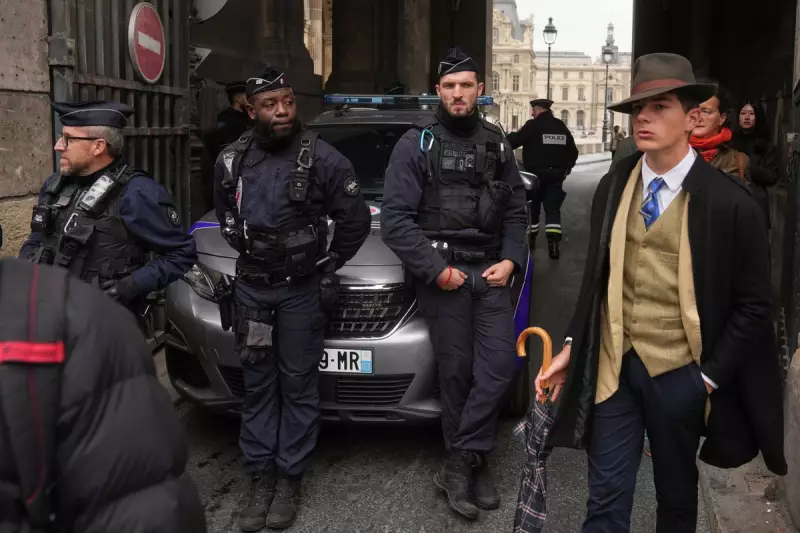
In a stunning twist that reads like a crime thriller, a French detective's social media misstep has been linked to a sophisticated multi-million euro jewellery heist at the world's most famous museum.
The Instagram That Cost Millions
An investigator working on security arrangements for a prestigious jewellery exhibition at the Louvre's decorative arts museum allegedly shared a photograph on social media that inadvertently revealed crucial security details. The image, though swiftly deleted, provided thieves with enough information to plan and execute a daring robbery.
According to sources close to the investigation, the photo exposed the layout and security measures protecting valuable gems displayed by renowned French jeweller Mathon Paris. The exhibition, showcasing pieces worth millions, became an irresistible target for organised criminals.
A Perfect Storm of Security Failures
The incident represents a catastrophic failure in professional protocol, with law enforcement officials describing the social media post as "a gift to professional thieves." Security experts have expressed astonishment that an experienced detective would compromise an operation in such a manner.
The consequences were immediate and devastating:
- Thieves gained intimate knowledge of security arrangements
- Valuable jewellery worth millions was stolen
- The investigation has been severely compromised
- Questions raised about police procedures in the digital age
Fallout and Investigation
French authorities have launched multiple investigations—not only into the theft itself but also into the conduct of the officer involved. The Paris police department faces embarrassing questions about social media policies and operational security protocols for high-profile assignments.
The detective in question now finds themselves under internal review while the hunt for the stolen jewels continues. Meanwhile, Mathon Paris faces significant financial losses and reputational damage following the security breach at one of the world's most secure venues.
This case serves as a stark reminder of how modern technology and social media habits can undermine even the most sophisticated security operations, leaving cultural institutions and luxury businesses vulnerable to determined criminals.





